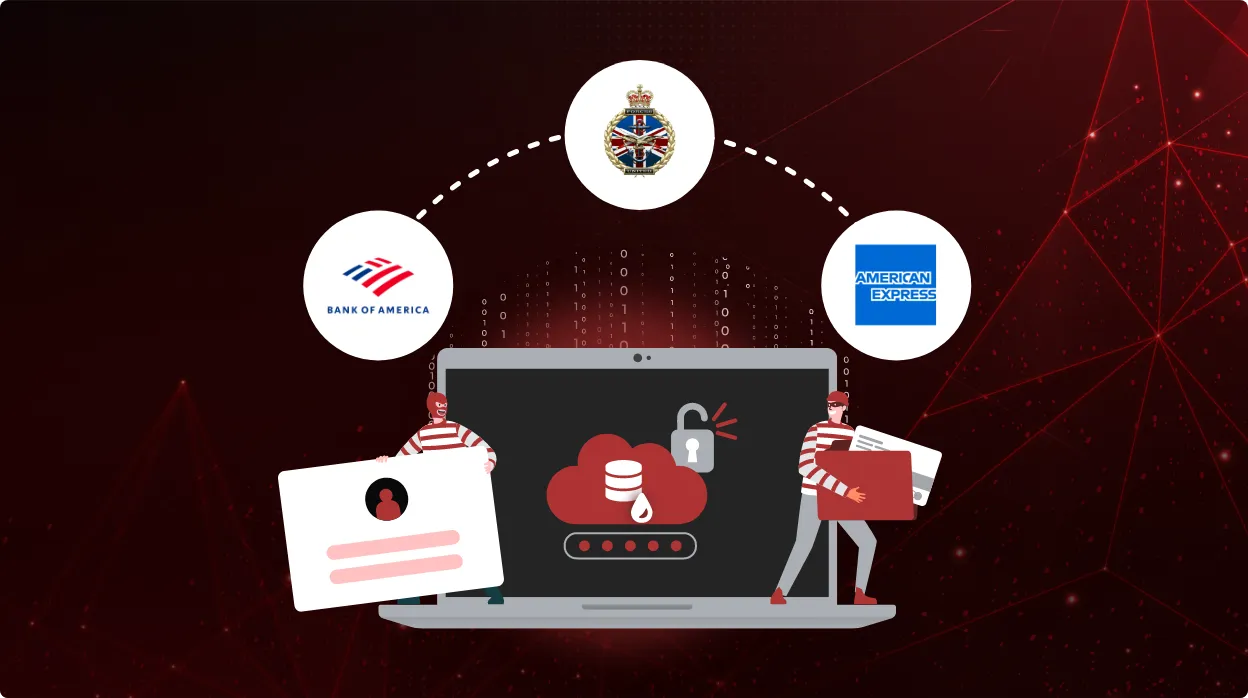Oracle Breach Exposes the Hidden Dangers of Forgotten Cloud Infrastructure

When news broke that Oracle had suffered a data breach, the company was quick to respond—categorically denying that Oracle Cloud Infrastructure had been compromised. But as more details came to light, it became clear that the story was more complicated. The breach may not have involved Oracle’s current-generation cloud systems, but it did affect legacy servers that still held sensitive data.
This incident highlights an uncomfortable truth for security teams: legacy infrastructure may be forgotten, but it still matters. And when it’s overlooked, it becomes a growing blind spot that attackers are more than willing to exploit.
What We Know About the Oracle Breach
The data breach began in March 2025, when a hacker using the alias “rose87168” claimed to have stolen millions of records from Oracle systems. These included encrypted credentials tied to over 140,000 Oracle Cloud tenants. Oracle responded publicly, denying any compromise to its core cloud systems and stating that no customer data had been lost.
Behind the scenes, however, Oracle began notifying some customers of a breach. The attacker had apparently exploited a vulnerability in a legacy system—specifically, a Java flaw from 2020—to gain access to older ‘Gen 1’ servers. These servers were part of Oracle’s early cloud infrastructure but were no longer actively maintained.
Though Oracle emphasized that the breached credentials were encrypted or hashed, security researchers and government agencies such as CISA warned that this data could still be risky.
Why Legacy Infrastructure Is Still a Risk
It’s easy to assume that if a cloud environment or SaaS application is labeled “legacy,” it no longer needs attention. In reality, legacy systems often remain accessible—whether by design, convenience, or oversight. And in many cases, they haven’t been patched, monitored, or audited in years.
These environments can contain:
- Old but active credentials that are still valid in production.
- Hardcoded secrets embedded in automation scripts or infrastructure templates.
- Limited or no multi-factor authentication.
- Outdated logging and detection capabilities.
Attackers know this. In fact, they often begin their campaigns by scanning for legacy endpoints, test environments, and forgotten servers. These are often the easiest way in—and once they’re in, they can escalate privileges or move laterally to higher-value systems.
Identity Risk Goes Beyond Data Exposure
Much of the early reporting around the Oracle breach focused on whether customer data had been accessed. But in modern cloud environments, identity is the real perimeter. A compromised credential—whether for a user, service account, or application—can be far more dangerous than a leaked database.
Even if a password is encrypted or hashed, it can be cracked or reused elsewhere. The threat is magnified if those credentials are:
- Shared across multiple systems.
- Still tied to valid roles or permissions.
- Embedded in configuration files or scripts that aren’t routinely audited.
In this case, the Oracle breach reminds us that credentials should always be treated as sensitive assets—not just when they’re in use, but for as long as they exist.
What Security Leaders Can Learn from CISA’s Guidance
In response to the Oracle incident, CISA released clear guidance that organizations would be wise to follow—even if they weren’t directly affected. Some of the key recommendations include:
- Resetting any exposed credentials and ensuring new passwords are strong and unique.
- Enforcing multi-factor authentication across all users and administrators.
- Auditing code and infrastructure for hardcoded secrets, which are often left behind and easily forgotten.
- Monitoring logs for signs of unusual authentication or access behavior.
Perhaps most importantly, organizations are encouraged to take a broader view of their environment—including infrastructure that’s no longer actively used, but still online.
How CheckRed Helps You Detect and Manage These Risks
At CheckRed, we see incidents like this as clear evidence that the cloud attack surface extends well beyond what’s visible in dashboards or asset lists.
Our platform is designed to help security and DevSecOps teams:
- Continuously discover cloud and SaaS identities, assets, and misconfigurations—including those in legacy environments.
- Detect credential exposure, such as expired keys, orphaned service accounts, or stale users.
- Monitor identity behaviors and permission usage to highlight anomalies or dormant risks.
- Enforce security policies across multi-cloud environments, with visibility into both active and forgotten infrastructure.
In short, we help you close the visibility gap—before it becomes an entry point.
A Final Reminder: If It’s in Your Cloud, It’s in Your Risk Profile
The Oracle incident may have involved “obsolete” systems, but it underscores a broader truth: if something is still accessible, it’s still exploitable. Legacy systems. Test environments. Forgotten credentials. These may not show up on your cloud cost reports—but attackers don’t care. They’ll find the weak link, wherever it is.
For security leaders, now is the time to revisit the assumptions we make about old infrastructure. Every identity, every access point, every leftover application deserves scrutiny. CheckRed helps you find what others overlook. Let’s make sure the forgotten parts of your cloud don’t become the next breach headline.


